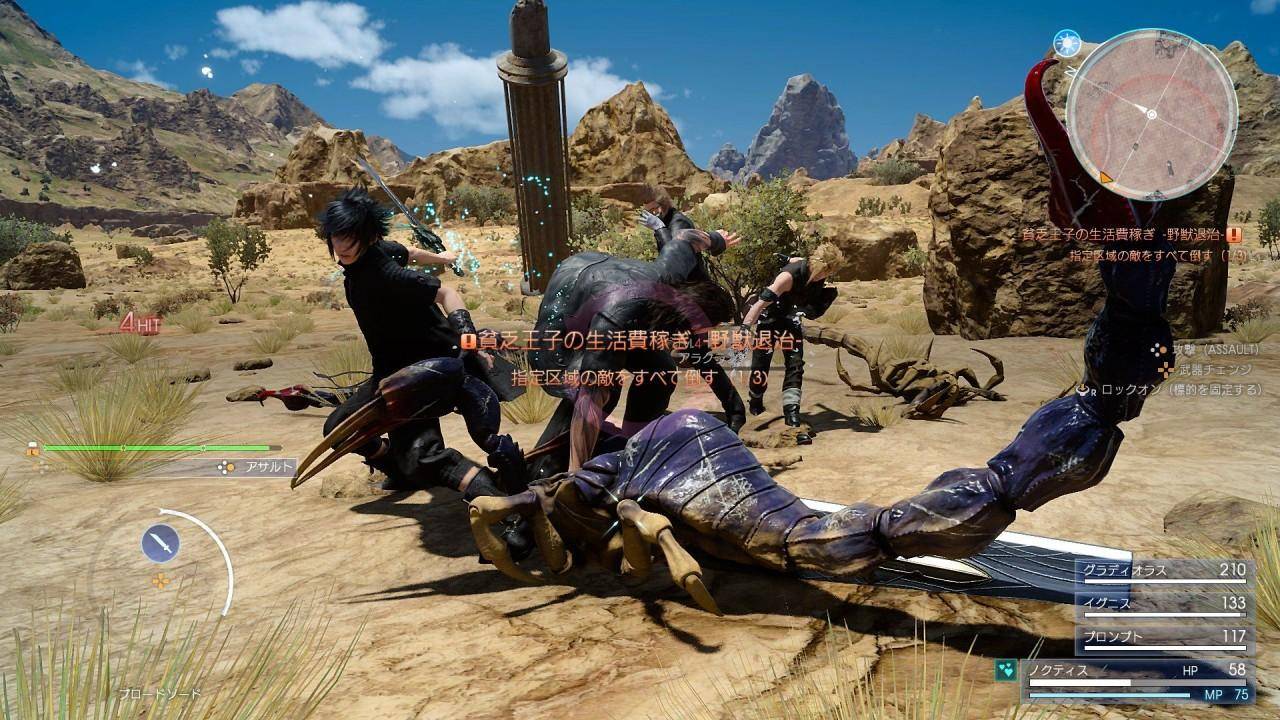


Well-placed flanking strikes are rewarded with big damage and slickly animated team-up attacks, and commanding one of your buds to use one of their stylish-looking special attacks at just the right moment can be a literal blast. While the danger that befalls the land of Lucis never truly materializes until the end of the tale and the would-be romantic element of the story never gets more than a handful of weepy, insubstantial cutscenes, the mutual respect, understanding, and kinship of these four is fleshed out and reinforced beautifully whether in combat, on the road, or everywhere in between.įully real-time combat is the single biggest departure from the turn-based systems of the past, and while it doesn’t feel like the other main-line Final Fantasy games in any regard, the way it makes you and your three AI-controlled compatriots feel like a cohesive fighting unit kept it mostly enjoyable for me.

Prince Noctis and fellow travelers Gladiolus, Ignis, and Prompto aren’t a loosely assembled band of strangers uniting to face evil, like in so many other roleplaying games - they are close, long-time friends, and it’s this closeness that gives Final Fantasy XV’s often incoherent story all the heart it has. In the end, its beauty, charm, and commitment to the bond between its four protagonists keep it glued together, even when some of its design and story elements threaten to pull it apart. I’d like to say it’s an elegant fusion of the two, but in reality it’s more of a duality - a conflict that reaches into nearly every aspect of Final Fantasy XV. Final Fantasy XV opens, quite fittingly, with a splash screen that reads: “A Final Fantasy for fans and first-timers.” Having played every numbered entry since the first, I can see both reverence for the old and a courtship of the new in this latest chapter.


 0 kommentar(er)
0 kommentar(er)
